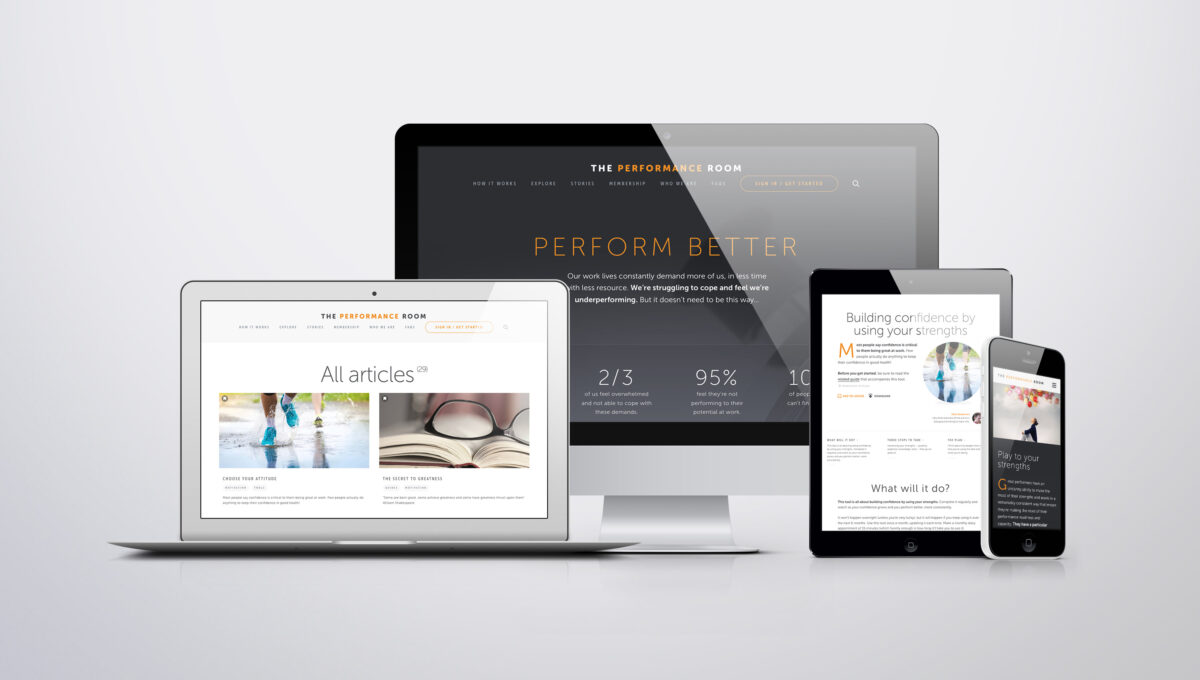Resilient for what?

Being resilient is a capability we all have to some extent and will all, always need.
It’s something you can understand and build upon, to help you stay on track towards your picture of success.
What will it do?
This tool will help you to look back, to understand your existing levels of resilience. It will also help you to look forward, to predict what recipe you need to put in place to feel resilient over the next 6 months.
Use this tool quarterly, so you’re systematically learning about your resilience recipe. Following this consistent rhythm will also enable you to plan ahead and proactively put the right things in place for you to feel more ready and resilient.
Three steps to take
Get focused on the things that will make the most impact for you
1. Your recent record of resilience
Look back over the last 6 months to a year, think about times when your resilience levels have felt low or high. Perhaps draw a timeline of how you’ve felt through this time and/or talk it through with someone else who has worked with you through this time. Make some notes about what was going on, and what it felt like when your resilience was highest, and when it was lowest.
2. Changes in your levels of resilience
What patterns or trends do you notice? What contributed to any upturns in how resilient you’ve felt? What contributed to the downturns?
| Factors contributing to higher levels of resilience | Factors contributing to lower levels of resilience |
3. Look forward over the next 6 months
- What’s coming up for you?
- What are the key challenges or opportunities ahead?
- What’s the context, environment or playing field for you – work and home?
- With each of these key aspects, what are the likely demands they’ll place on you?
- What will you need to have in place to feel ready and resilience for each?
| Key challenges | Demands on you | Resources you’ll need to feel resilient |
Your plan
Get a plan Stan. This is about getting going. The basics you need to have in your plan are set out below. As well as these we’d encourage you to:
- Think about the people who need to know that you’re using this tool and tell them what you’re doing. That way they can support you, feed into your reflection and won’t think you’re just being weird.
- Think about the impact you want from using this tool. Depending on your starting point, how hard you work and how ambitious you are, you might not get that impact straight away. So valuing progress rather than perfection will help build your confidence and keep you going.
Plan basics
- What are you going to do? Use the insight from 1 to 3 above, to start getting focused! Decide what your first steps are going to be – the important actions to take now.
My actions:
- When are you going to do these things? You don’t have to be great to get going, but you better get going if you want to be great.
My start date:
- How often will you be doing them? Getting great has a lot to do with making things a habit.
Check-in frequency and dates:
Get serious
The difference between having a plan and making it work is about action. So get this in your diary now. Tell the people who need to know so that they can support you and won’t just think you’re being weird. Do it now.
Remember, it’s progress not perfection. You’re looking for gradual improvement, not for Rome to be built in a day.

